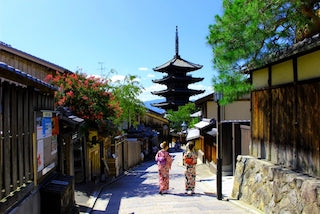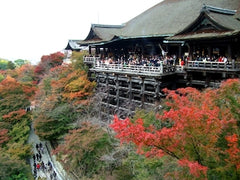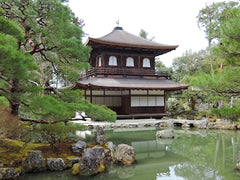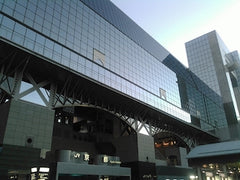Popular Routes (by departure station)
Popular Destinations

Explore Other Popular Shinkansen and Limited Express Routes
Looking for another destination in Japan?
Discover more routes and find the perfect ticket for your journey.
News
What is Shinkansen-Ticket.com?

Shinkansen-Ticket.com is a Japan-based travel agency specializing in booking Shinkansen and limited express train tickets - including high-demand routes that are often difficult to secure. With nearly a decade of experience, we've built a reputation for reliable, flexible, and traveler-friendly service.
We provide both QR code-based tickets for easy station access, ideal for last-minute bookings, and physical paper tickets, which can be delivered to your home abroad, hotel, major post offices, or even a friend’s residence across Japan—perfect for carefully planned itineraries.
Our expertise in Japan’s rail system allows us to offer customized support with a deep understanding of routes, connections, and seating options—including oversized luggage seats, scenic views, and group arrangements.
Trusted by thousands of repeat customers and partnered with numerous hotels and travel agencies, we regularly assist in arranging train tickets for hotel guests and tour clients across Japan.


 Kyoto Overview
Kyoto Overview


















